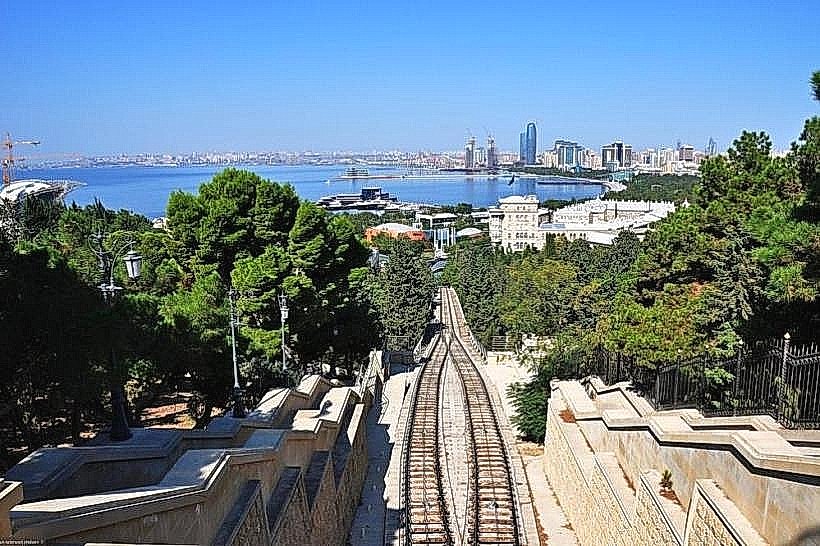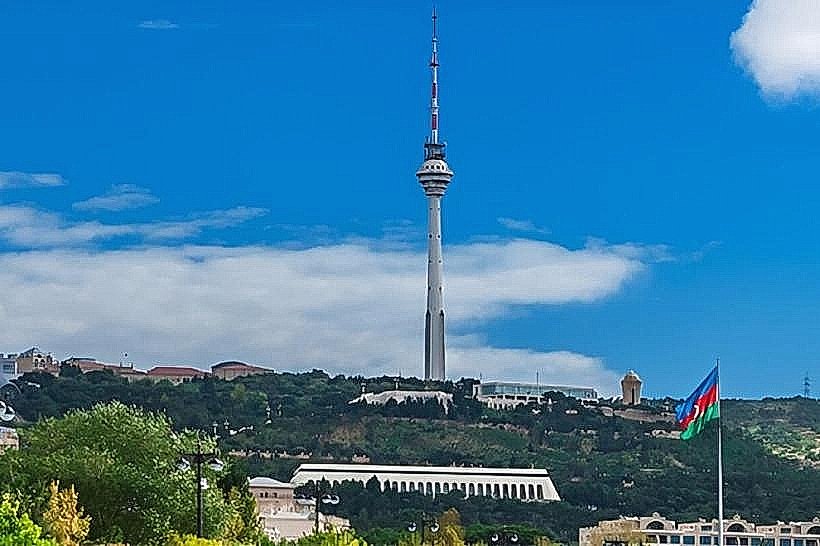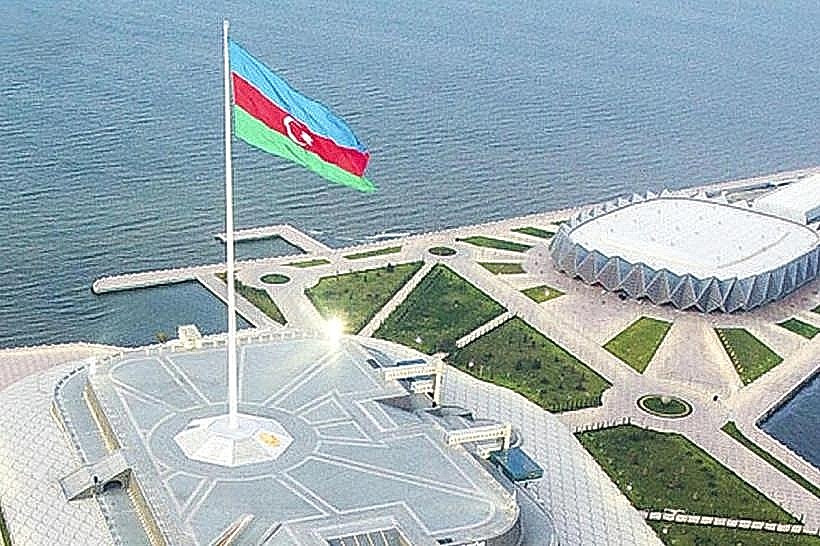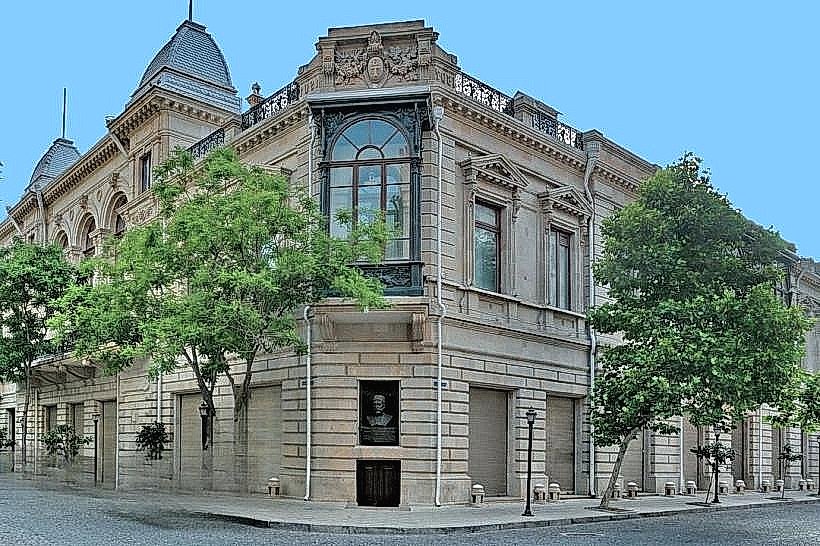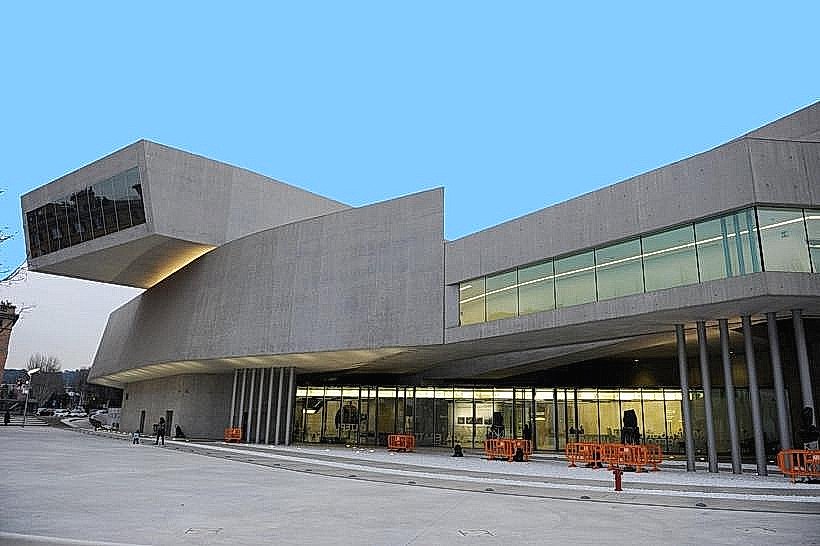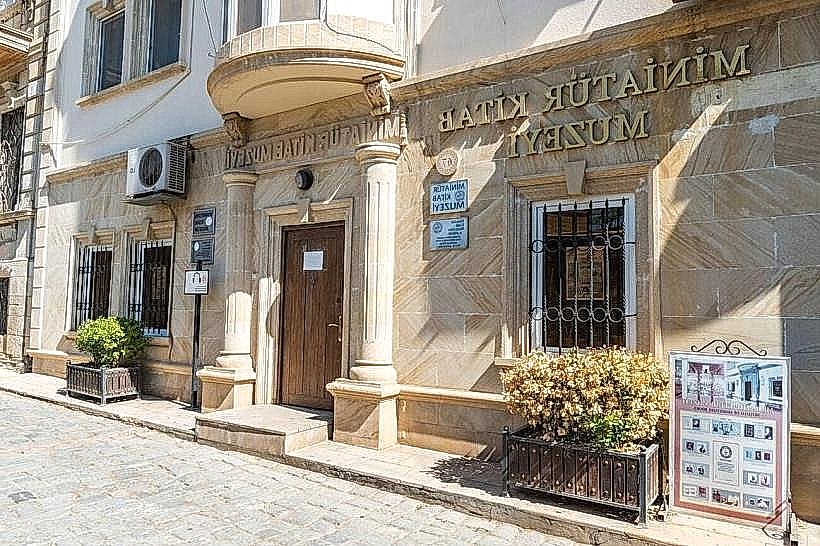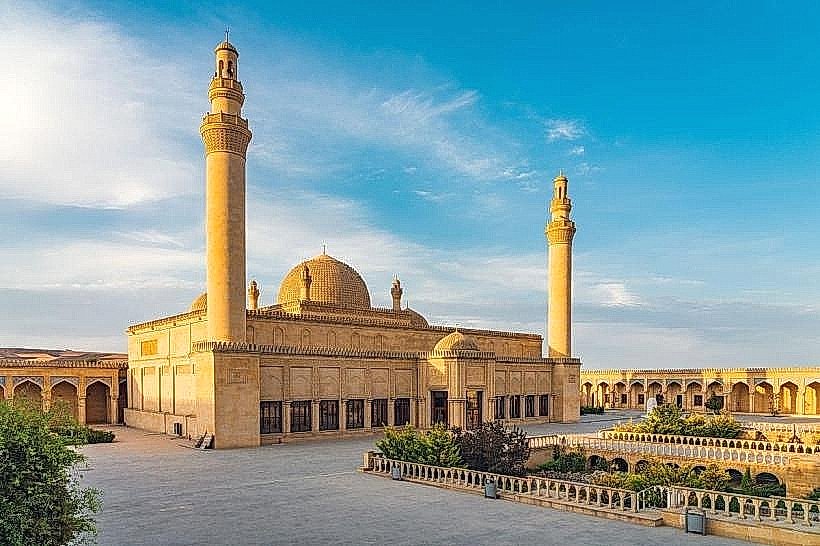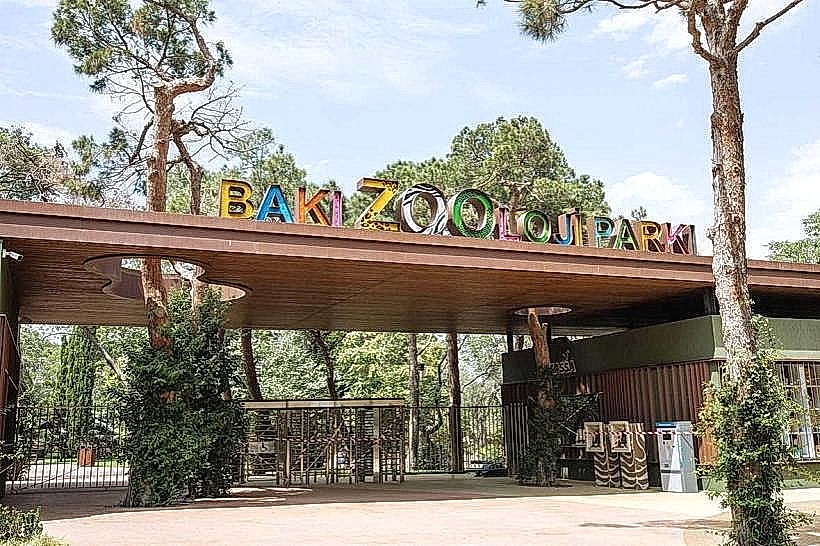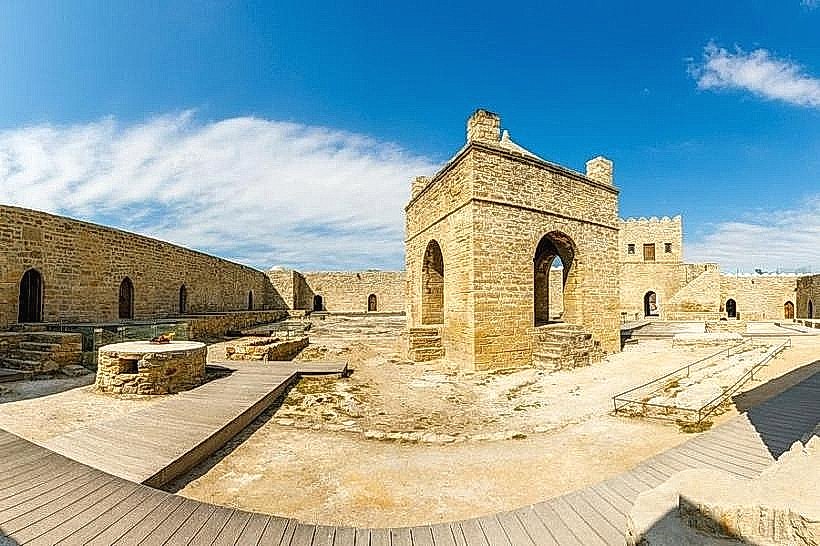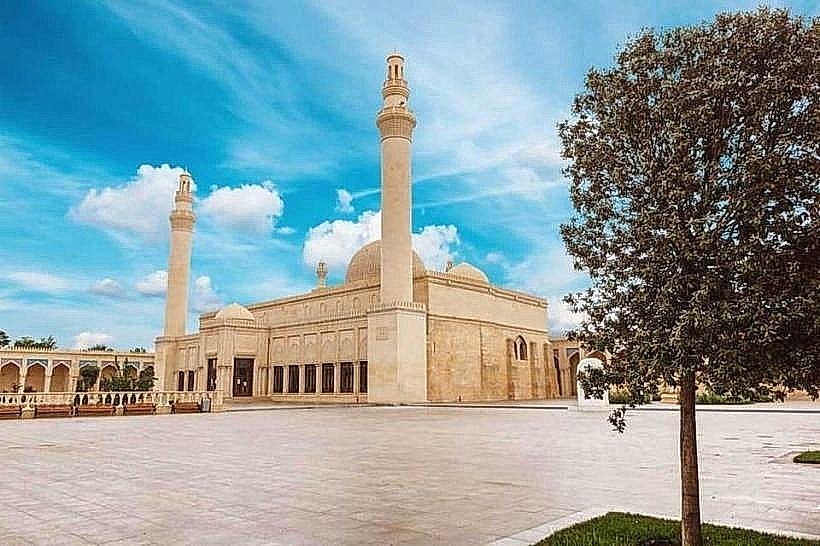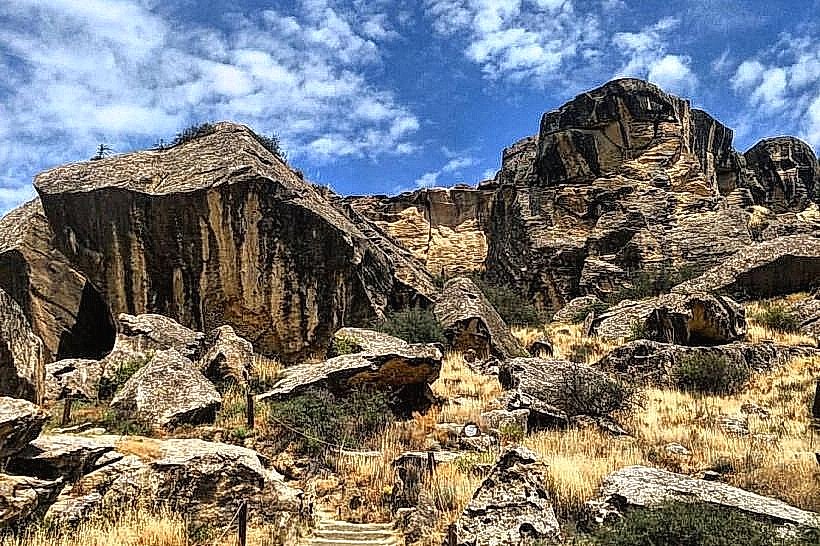Information
Landmark: Nobel Brothers’ House MuseumCity: Baku
Country: Azerbaijan
Continent: Asia
Nobel Brothers’ House Museum, Baku, Azerbaijan, Asia
Overview
As it happens, The Nobel Brothers’ House Museum, or Villa Petrolea, stands in Baku’s calm Black City district, where the first rush of the oil boom once turned dusty streets into a maze of rigs and workers, then the museum fills the restored home of the Nobel family, whose booming oil ventures once turned Baku’s dusty streets into the bustling heart of a global petroleum empire in the late 1800s.Today, the building stands like a compact island of European grace amid the city’s clang and smoke, its rooms opening a vivid window into the Nobels’ lives and the dawn of Azerbaijan’s oil age, along with in the 1870s, Ludvig, Robert, and Alfred Nobel traveled to Baku, lured by the glint of black oil seeping from the earth and the promise it carried.They founded the Branobel Oil Company, and before long it grew into one of the world’s most powerful petroleum giants, its refineries humming day and night, as a result their influence ran from oil rigs to ocean freighters, and they brought modern industrial methods to a city growing so brisk you could hear the hammering day and night.Built in the 1880s, Villa Petrolea became their home and headquarters, a spot where scientists, diplomats, and inventors gathered under lamplight, in addition after the Soviets nationalized the oil industry, the house slowly decayed-paint peeling, shutters sagging-until a sweeping restoration finally brought it back to life, more or less Architecture and Setting The museum rises from a quiet, landscaped garden once tucked away from the noise and smoke of nearby factories, equally important tall trees sway above winding paths, and patches of green slip between concrete walls, softening the industrial backdrop so the contrast hits visitors the moment they arrive.This architecture weaves Scandinavian simplicity with local charm-graceful arches, wooden verandas warm under the sun, pale stucco walls, and tall windows that catch the light, to boot the blend lends the house a quiet sort of dignity, as though it holds faint echoes of Baku’s warm streets and far-off European squares, maybe Inside the museum’s main halls, the air feels warm and familiar, carrying the lived‑in charm of a 19th‑century home where polished wood still gives off a faint scent of wax, besides the polished wood floors gleam under the chandeliers, while fireplaces and antique furniture complete the mood.In the entrance hall, maps, antique letters, and faded portraits trace the family’s path from chilly Swedish shores all the way to the Caspian Sea, equally important as you step farther inside, the air changes-soft lamps and worn rugs give way to steel beams and the hum of machinery.Original blueprints, early rig models, and grainy photos of Baku’s roaring oil fields show just how massive the Nobels’ operation once was, likewise one of the museum’s main exhibits dives into the story of oil-how it was drawn from the earth and hauled away on rumbling trains and ships.The Nobel brothers built the world’s first oil tanker, the *Zoroaster*, and the museum displays detailed models that show off its sleek, groundbreaking design, simultaneously display panels and ancient black‑and‑white photos show how the brothers built pipelines, storage tanks, and sturdy mechanical tools that transformed the movement of oil across the fields.Visitors often pause before a faded wall map of ancient Baku, running a fingertip over the maze of wells and refineries that once drove the city’s power and pride, alternatively the museum showcases the family’s personal lives, from worn leather journals to delicate cultural artifacts that tell their story.Each private room holds its own treasures-original furniture polished smooth by time, an elegant writing desk scattered with letters in flowing script, a few delicate scientific instruments, and early editions of books once cherished in the family’s library, alternatively objects once owned by Alfred Nobel connect the house to his famous legacy-the Nobel Prizes-like a worn leather notebook resting quietly on his vintage desk, moderately These modest, personal objects give the space a distinctly human feel, hinting at the brothers’ restless curiosity and wide-ranging cultural tastes that shaped how they saw the world, as a result the Conservatory and restored grounds frame Villa Petrolea’s garden, which still stands out as one of its most unforgettable sights-the scent of roses lingering in the air.Restored from its original blueprints, the park now offers cool, shaded paths, rare trees brought in during the oil boom, and little benches tucked where visitors used to linger and talk as dusk settled, likewise the conservatory’s glass walls catch the light, and the faint green scent of leaves softens the museum’s hard-edged, industrial displays.Visitors often say the grounds feel like a quiet retreat tucked inside the busy city, where leaves rustle and the noise fades for a moment, in turn walking through the museum feels like stepping into a living chapter of Baku’s oil age, where ambition met science and culture under the faint scent of vintage machinery.If I’m being honest, The rooms fall silent, inviting you to linger over the display cases-a contract signed in shadowy ink, a modest engine with gleaming metal gears, and a portrait of Ludvig Nobel brushed in cool, dignified hues, what’s more visitors often catch the faint creak of the classical stairs beneath their feet, or hear the garden leaves whisper through an open window.As it turns out, Tiny touches like the worn brass handles give the museum a soft, nostalgic charm, to boot the Nobel Brothers’ House Museum stands as a beautifully preserved doorway into Azerbaijan’s oil heritage, capturing the Nobel family’s far-reaching vision; even the scent of ancient mahogany seems to carry their legacy.Its graceful architecture, rich collections, and quiet garden draw you into a vivid glimpse of the time when Baku rose as one of the world’s great industrial centers.
Author: Tourist Landmarks
Date: 2025-11-24

